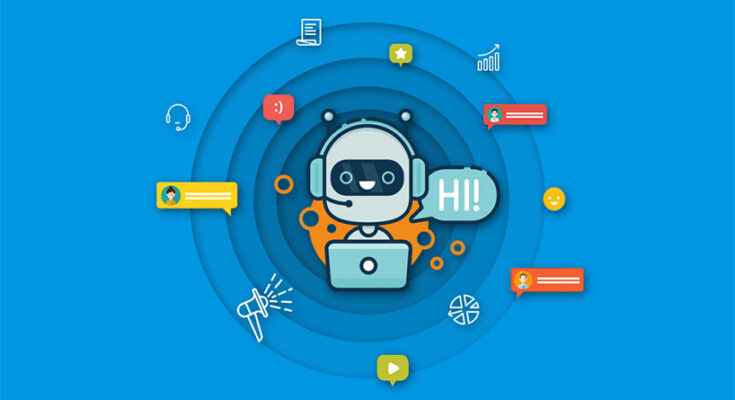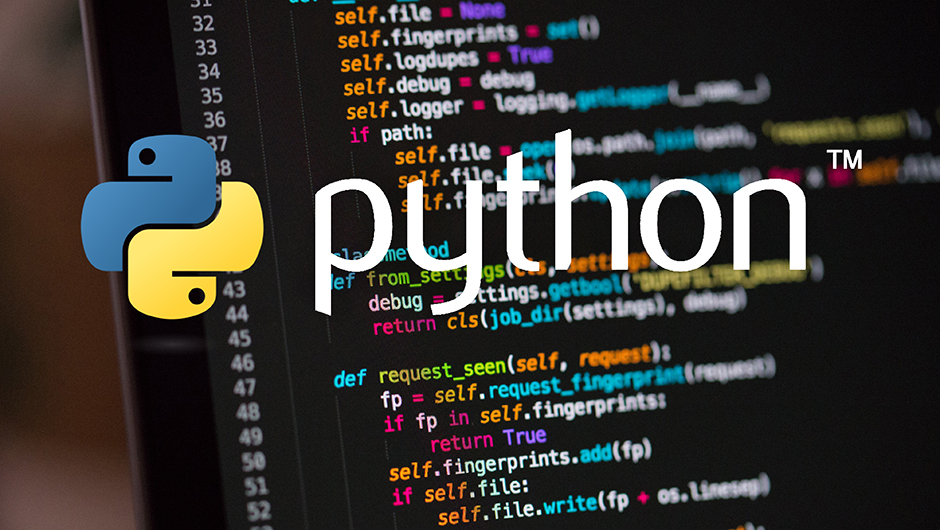Neste tutorial, você aprenderá a integrar a API do Ollama em um sistema de chatbot com exemplos em Python, destacando como a IA pode transformar a interação com usuários.
Requisitos:
- Possuir o Ollama Instalado! Para Instalar, acesse: https://seja.pro/ai-inteligencia-artificial-com-ollama-e-docker/
📌 Passo 1: Instalar as dependências do Python
Para rodar o chatbot com a API do Ollama, instale as bibliotecas necessárias via pip.
pip install flask requests
- Flask: Para criar o servidor web do chatbot.
- Requests: Para fazer requisições HTTP à API do Ollama.
📌 Passo 2: Criar o Backend (Python)
Crie um arquivo chamado app.py com o seguinte conteúdo:
from flask import Flask, request, jsonify
import requests
app = Flask(__name__)
@app.route("/api/chat", methods=["POST"])
def chat():
user_message = request.json.get("prompt")
model = "llama3" # Substitua pelo modelo desejado (ex: "mistral", "llama2")
# Requisição para o Ollama
response = requests.post(
"http://localhost:1143/api/generate",
json={
"model": model,
"prompt": user_message,
"stream": False
}
)
# Formatar a resposta
data = response.json()
return jsonify({"response": data["response"]})
if __name__ == "__main__":
app.run(debug=True)
📌 Passo 3: Criar a Interface do Chatbot (HTML + JavaScript)
Crie um arquivo index.html para a interface do usuário:
<!DOCTYPE html>
<html>
<head>
<title>Chatbot com IA</title>
<style>
body { font-family: Arial, sans-serif; background: #f0f0f0; padding: 20px; }
#chat { background: #fff; border: 1px solid #ccc; padding: 15px; margin-bottom: 10px; }
.user { color: #007bff; }
.ai { color: #28a745; }
</style>
</head>
<body>
<h1>Chatbot com IA</h1>
<div id="chat"></div>
<input type="text" id="userInput" placeholder="Digite sua mensagem..." />
<button onclick="sendMessage()">Enviar</button>
<script>
async function sendMessage() {
const input = document.getElementById("userInput").value;
const chat = document.getElementById("chat");
chat.innerHTML += `<div><strong>Você:</strong> ${input}</div>`;
document.getElementById("userInput").value = "";
const response = await fetch("/api/chat", {
method: "POST",
headers: { "Content-Type": "application/json" },
body: JSON.stringify({ prompt: input })
});
const data = await response.json();
chat.innerHTML += `<div><strong>IA:</strong> ${data.response}</div>`;
}
</script>
</body>
</html>
📌 Passo 4: Rodar o Chatbot
- Execute o servidor Python:
python app.py
- Acesse o chatbot no navegador:
Abra http://localhost:5000 (ou a porta configurada) e interaja com o chatbot.
📌 Dicas Adicionais
- Modelos disponíveis: Substitua
"llama3"pelo modelo desejado (ex:"mistral","llama2"). - Personalização: Adicione estilos, memória de conversa ou integração com APIs externas.
- Segurança: Para produção, valide entradas e use HTTPS.
Pronto! Seu chatbot com IA está funcionando! 🤖✨



